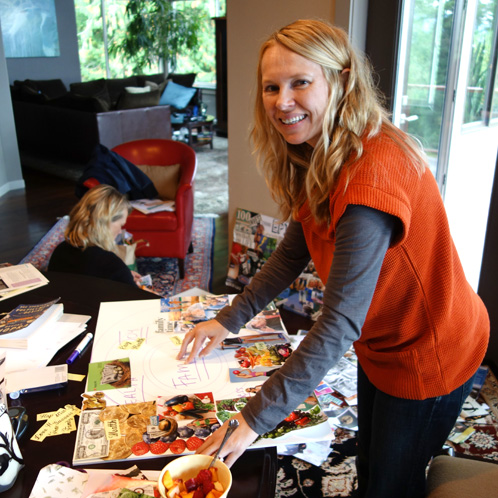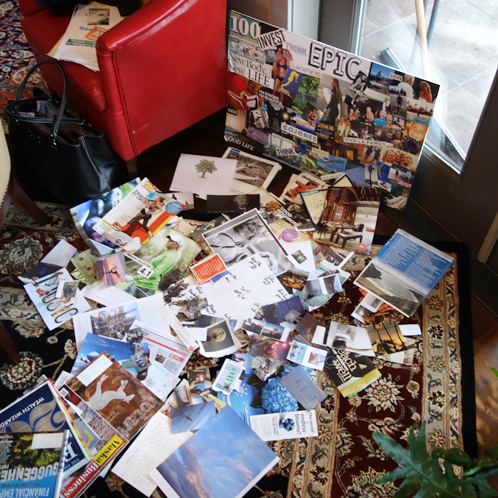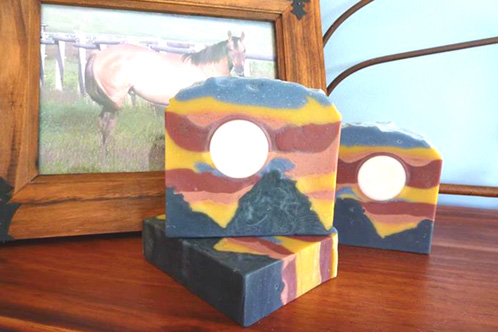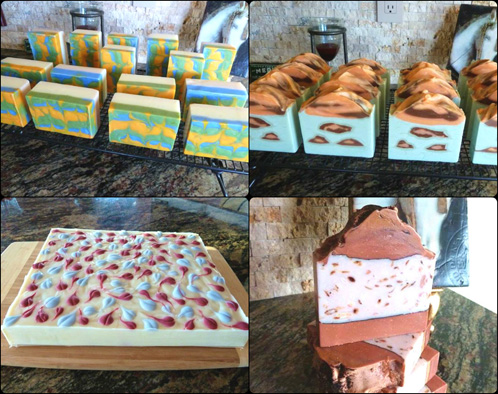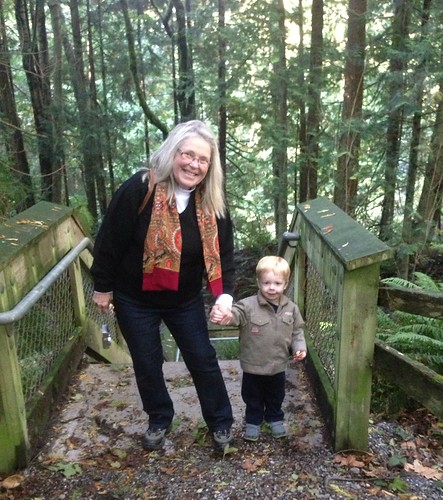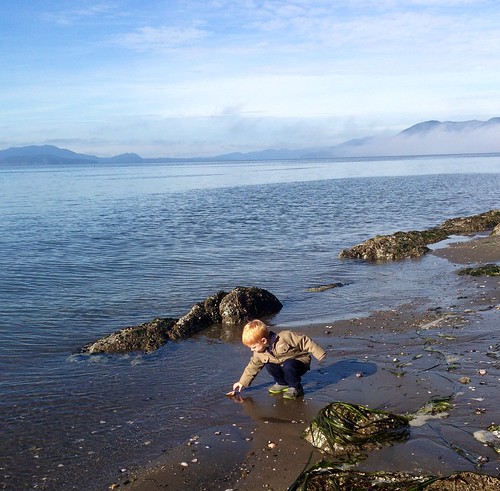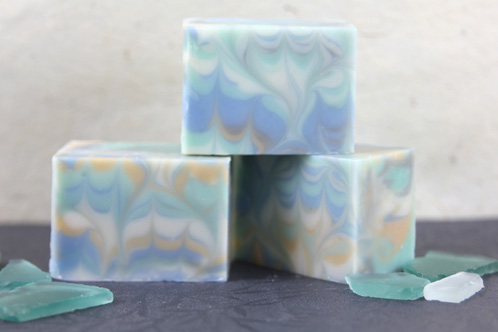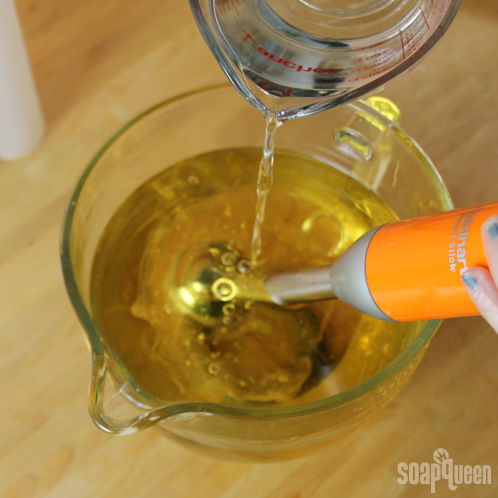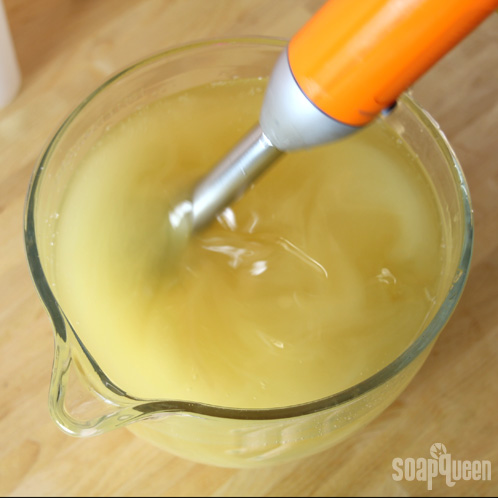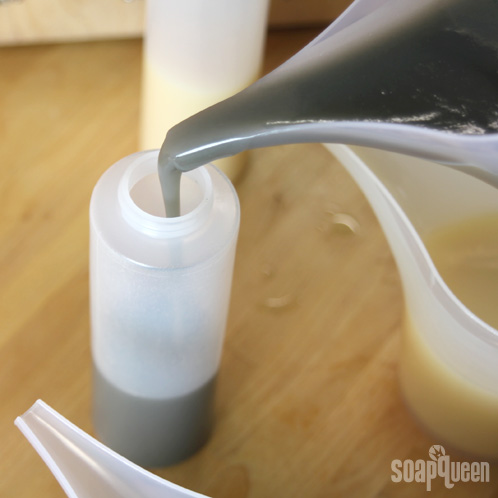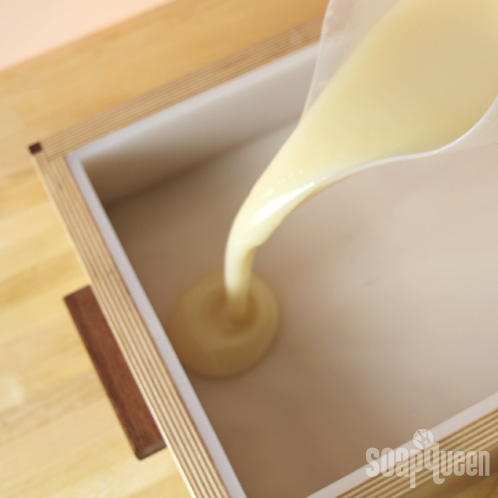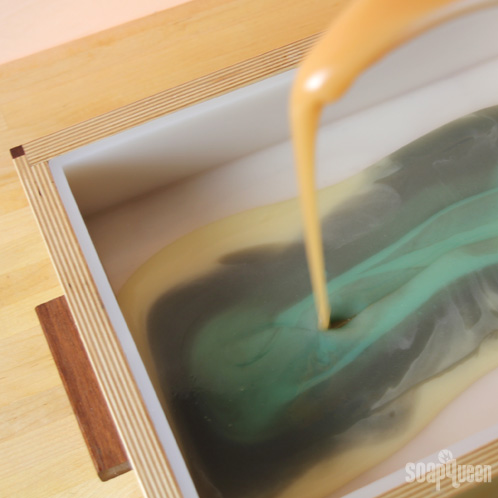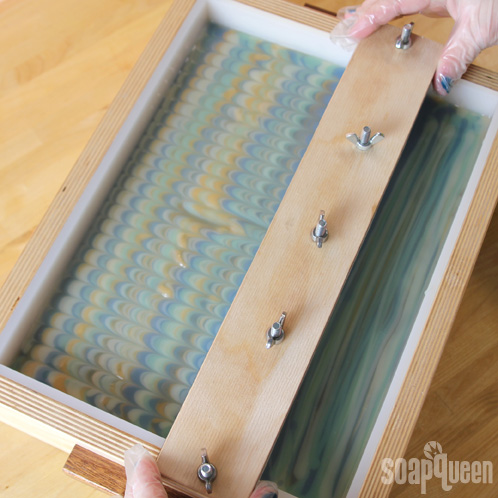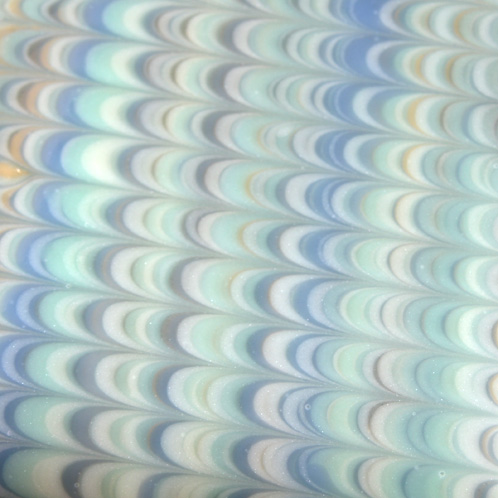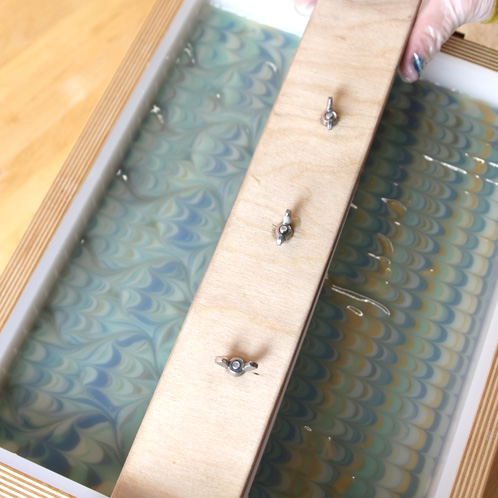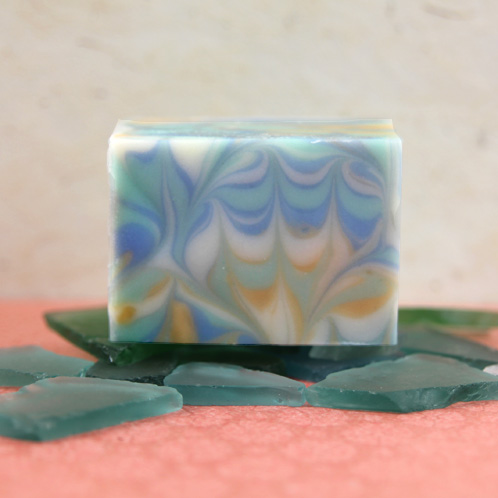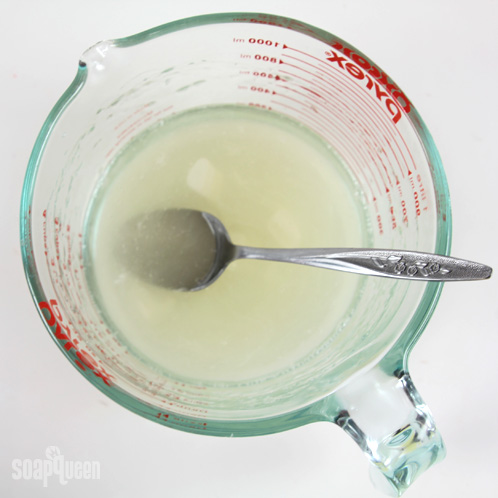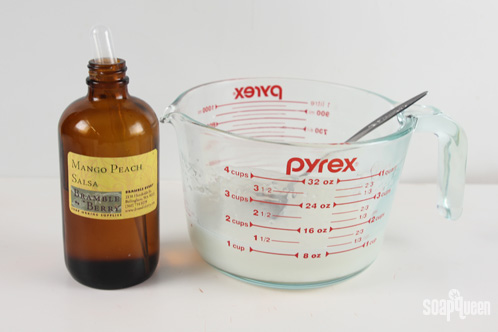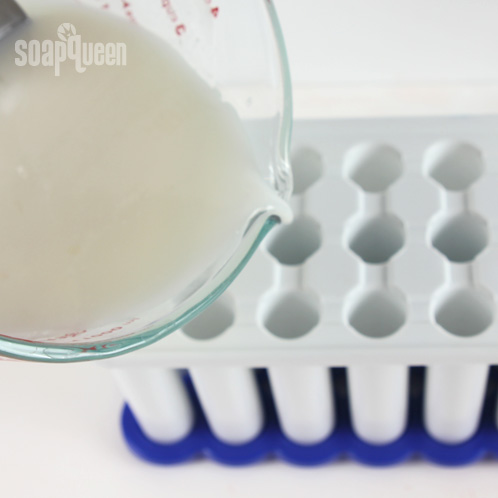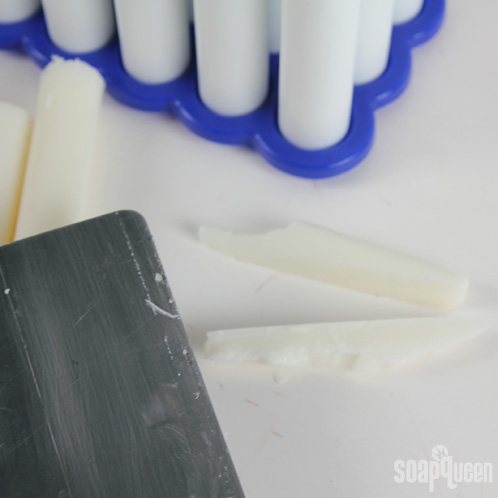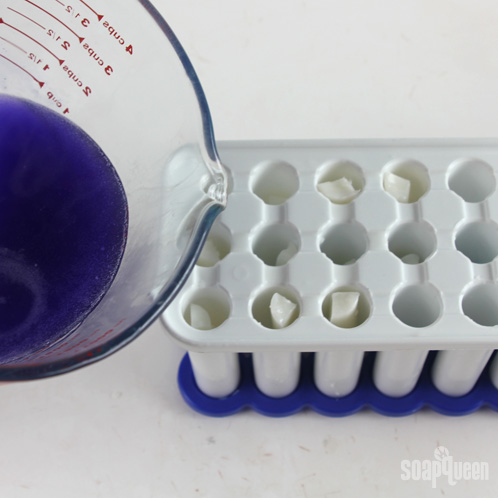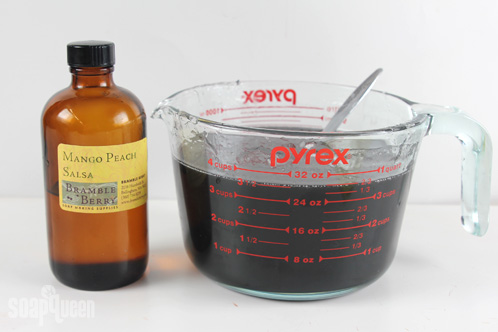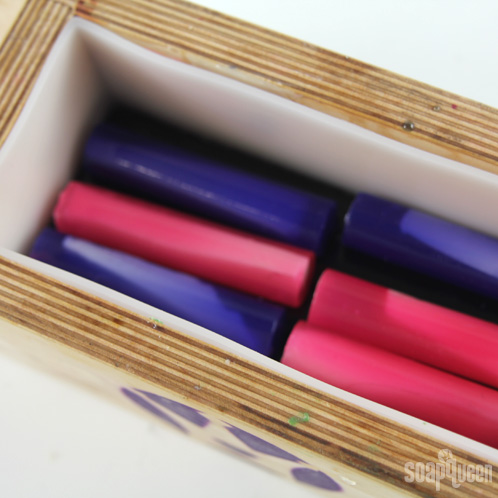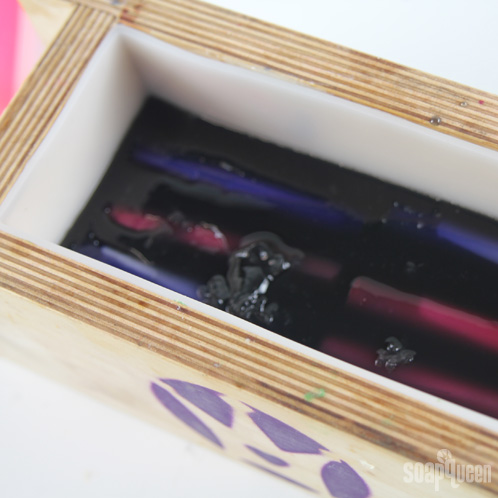It’s time for another Sunday Night Spotlight, and this week’s ingredient is an all-natural wonder. You can use it in lotions, cremes, soaps and even lip balms. Have you guessed what it might be yet? It’s Beeswax! It is a popular ingredient in natural and handmade bath and body products, and there is no shortage of it in Soap Queen blog tutorials. Read on to learn more about this versatile product.

White Beeswax & Yellow Beeswax
Beeswax has an indefinite shelf life and it’s usually added to bath and body recipes as a hardening agent. The difference between the waxes is slight: Yellow Beeswax is fully refined, while the White Beeswax is naturally bleached by exposing it in thin layers to air, sunlight and moisture. In cold process soap, Beeswax is a natural way to harden your soaps and can be used up to 8% in your recipes. When using it in a recipe, melt it first (make sure not to explode it in your microwave), and add it at thin trace when the batter has reached 140 degrees Fahrenheit or higher (hint: this means you have to mix your lye-water and oils at 140 or above; hotter than most normal recipes). Otherwise, the beeswax will begin to harden in your soap. Be aware that beeswax can contribute to overheating your soap, and you could end up with a soap volcano or heat tunnels if your temperatures are too high. Because of this, I typically don’t insulate beeswax soap or only lightly insulate it for recipes containing 1-3% beeswax.
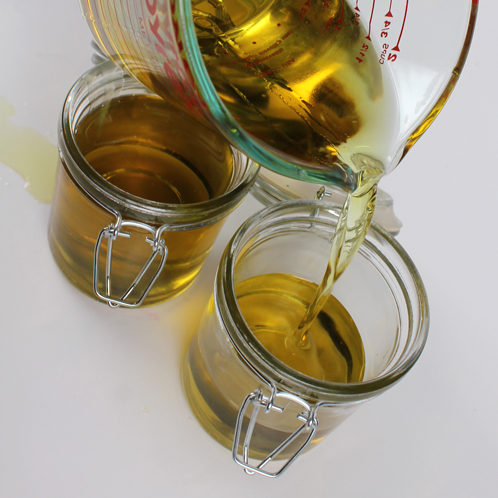
Everything Balm (using White Beeswax)
Beeswax makes cold process soap harder, but that’s not the case in melt & pour soaps. Adding beeswax to most melt & pour bases will actually make it softer. If you are finding that your particular base is too soft, take a look at your ingredients. If you want a harder base, try our LCP (Like Cold Process) Melt & Pour Bases, which are available in both White and Clear. Alternatively, you can let your soap sit out under a fan for up to a week to get a harder bar of melt and pour soap. If you’re still curious about beeswax and melt & pour, check this post from the beginning days (2007!) of the Soap Queen blog — the recipe didn’t work out as expected, that’s for sure!
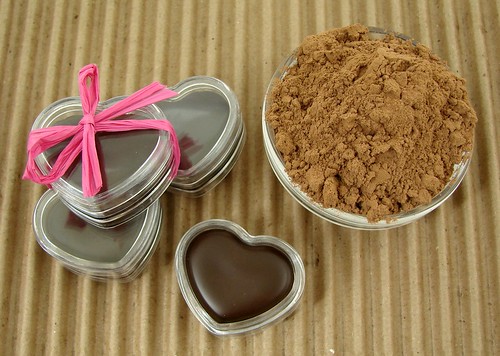
Chocolate Lip Balms with Cocoa Powder (using Yellow Beeswax)
You can also use beeswax in your lotions, lip balms, cremes, salves and soaps. Below are some examples of the wide range of products you can create with either yellow or white beeswax.
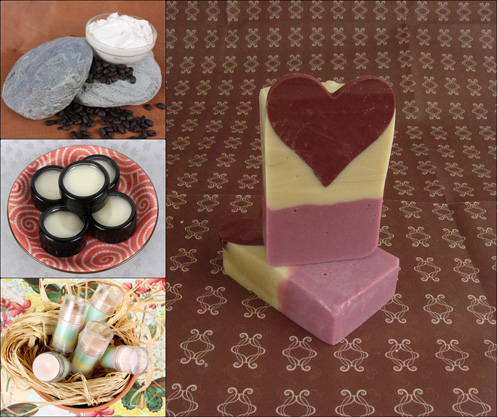
Tutorials using white beeswax, top left (clockwise):
Coffee Butter Foot Creme, Valentine Cold Process Soap, Lotion Bar Love & Cuticle Salve Recipe
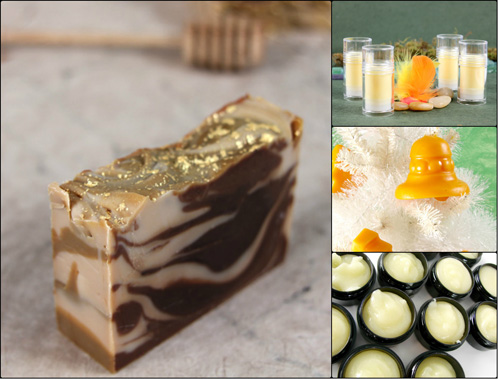
Tutorials using yellow beeswax:
Left (Clockwise): Busy Beeswax Soap Tutorial, Bite Me Not Lotion Bar, Naturally Trimming The Tree & Exfoliating Kisser Scrub
What are you favorite recipes that include Beeswax? Or, have any questions I can answer for you?

